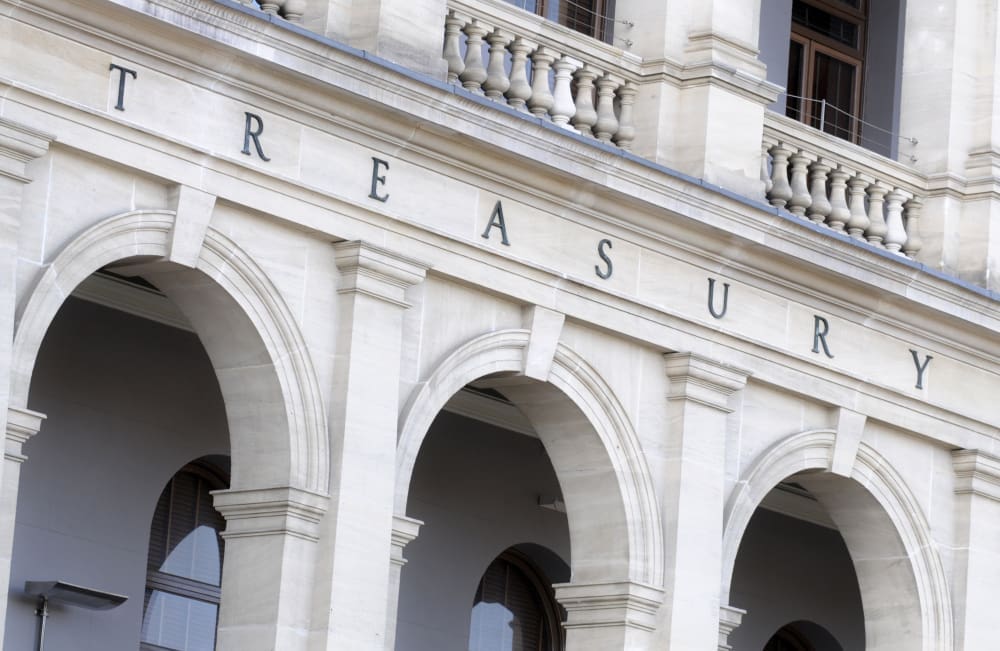The Treasury market witnessed a notable rally as new data on producer prices suggested that concerns over consumer inflation might have been exaggerated. This turnaround follows a period of market volatility triggered by a surge in consumer inflation figures, which initially led traders to adjust their expectations for Federal Reserve rate cuts.
Before these producer price index (PPI) figures were released, JPMorgan Chase & Co. analysts recommended purchasing two-year Treasury notes. They observed that yields had moved towards the upper boundary of their recent range following the selloff, presenting a buying opportunity.
Lindsay Rosner, head of multi-sector fixed income investing at Goldman Sachs Asset Management, described the situation as a ‘relief rally.’ She highlighted that components of the PPI indicate a potentially less aggressive consumer inflation outlook than previously feared, reaffirming the possibility of a more moderate Fed inflation gauge at the month’s end.
This market recovery proved beneficial for those who invested in 10-year Treasury notes during a recent auction, while it dampened enthusiasm for a new issue of 30-year bonds. The auction of these bonds resulted in a yield of 4.748%, slightly higher than anticipated, indicating weaker demand.
Meanwhile, the 10-year note yield decreased by up to nine basis points, reflecting a decrease to 4.53% as the market recalibrated its risk assessment. Despite a rise in consumer price indices, Citigroup economists anticipate a deceleration in the Federal Reserve’s preferred inflation measure, the PCE price index, potentially easing to 2.5% for January.
Brian Weinstein, head of global markets at Morgan Stanley Investment Management, noted on Bloomberg Television that the market has effectively adjusted for inflation risks. He suggested that attention might soon shift to the impact of trade uncertainties, including potential new tariffs announced by the Trump administration.
The recent rebound in the Treasury market illustrates how new data can swiftly alter investment landscapes. While inflation concerns remain, the market’s resilience underscores its capacity to adapt to shifting economic indicators.







